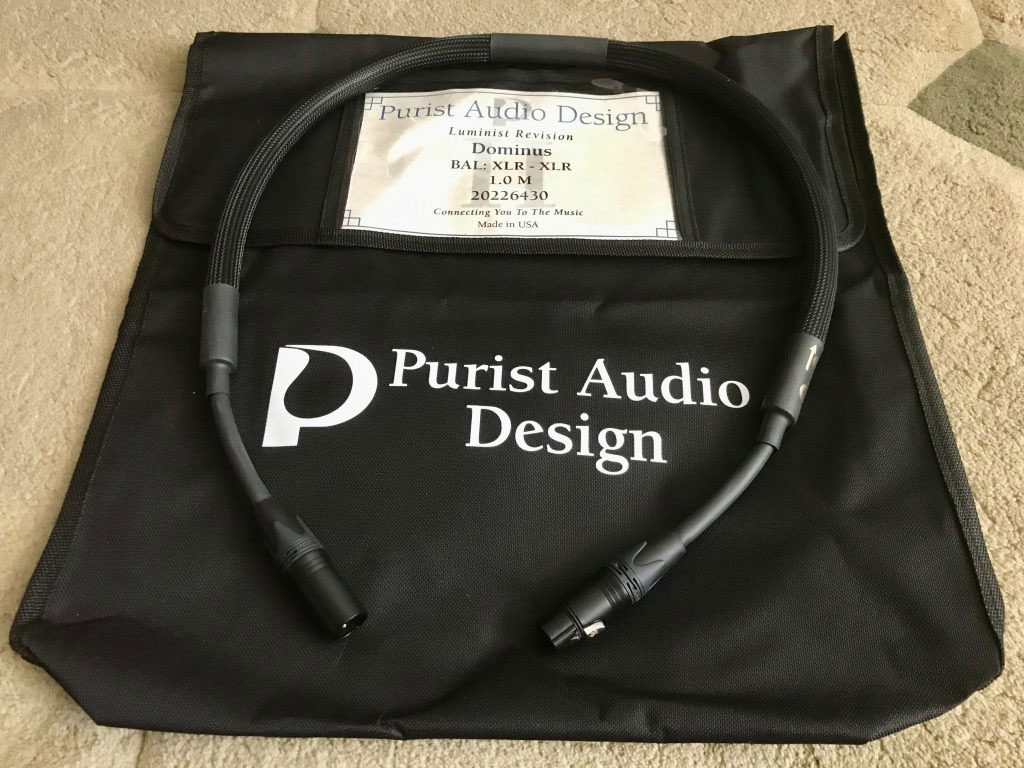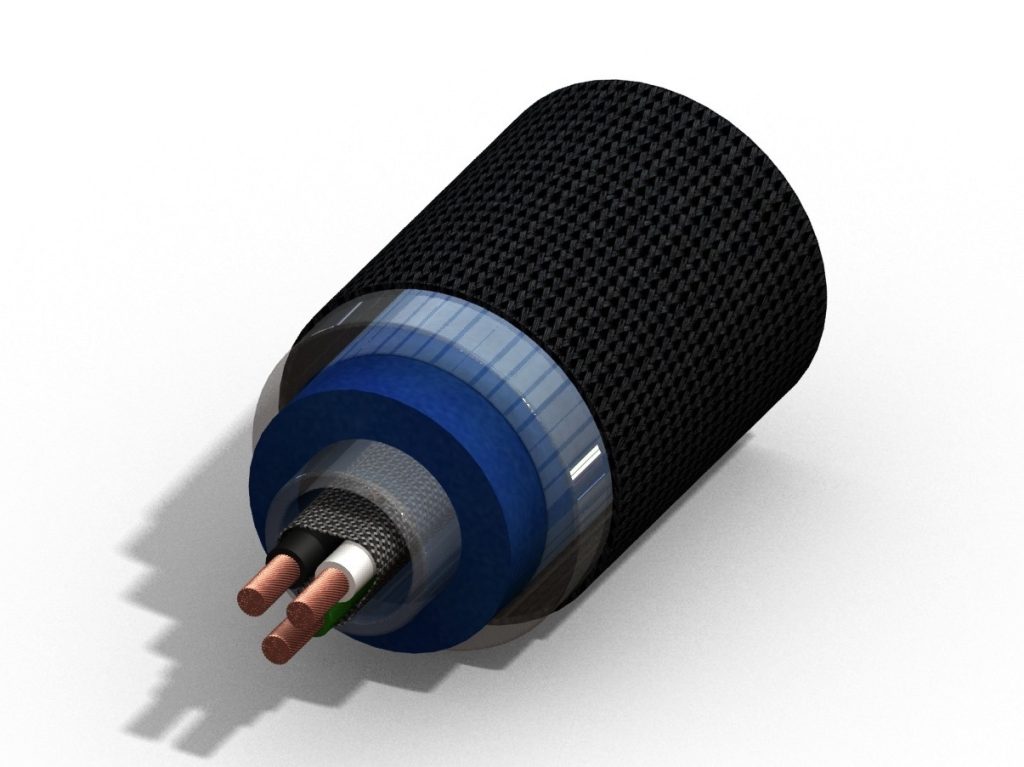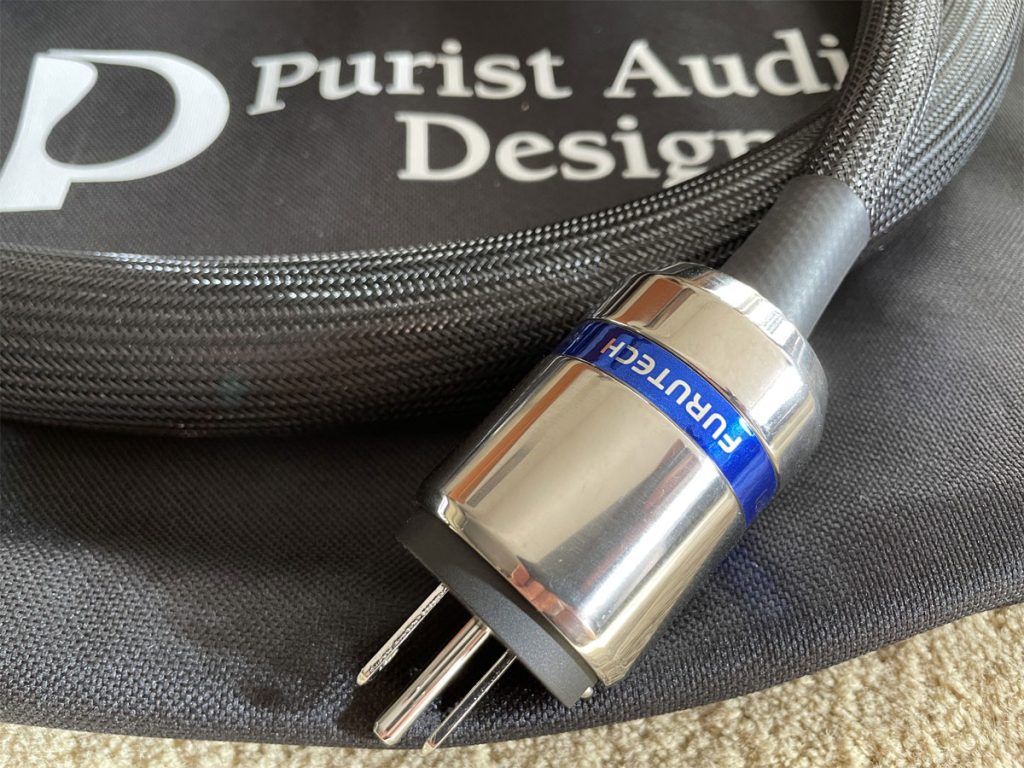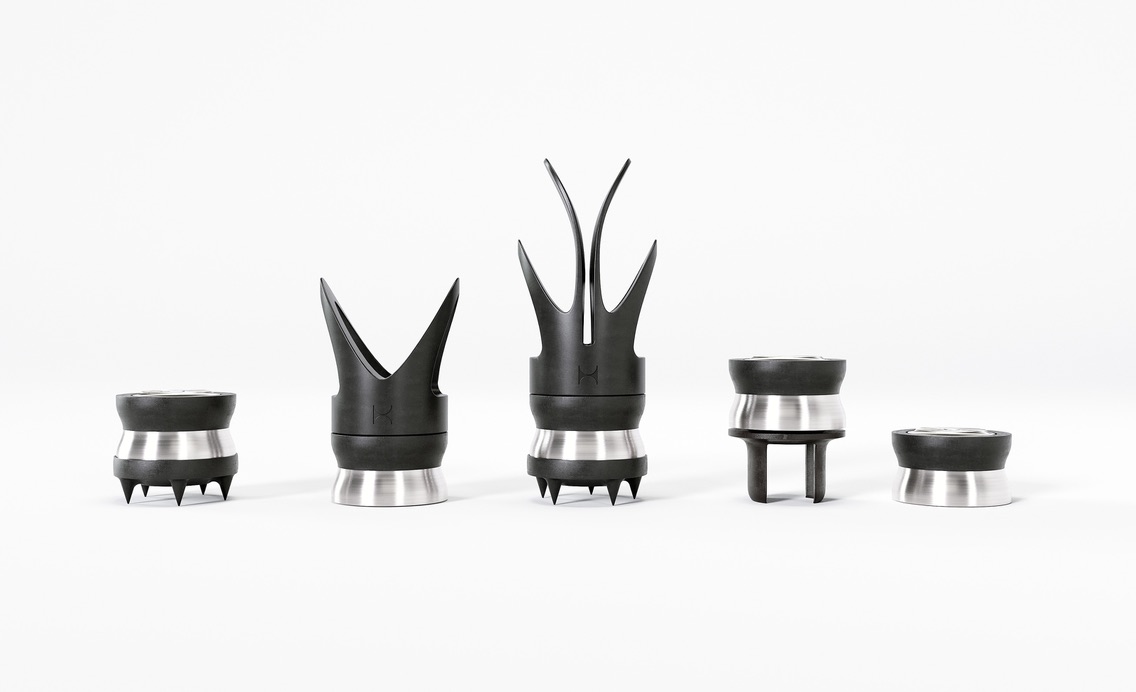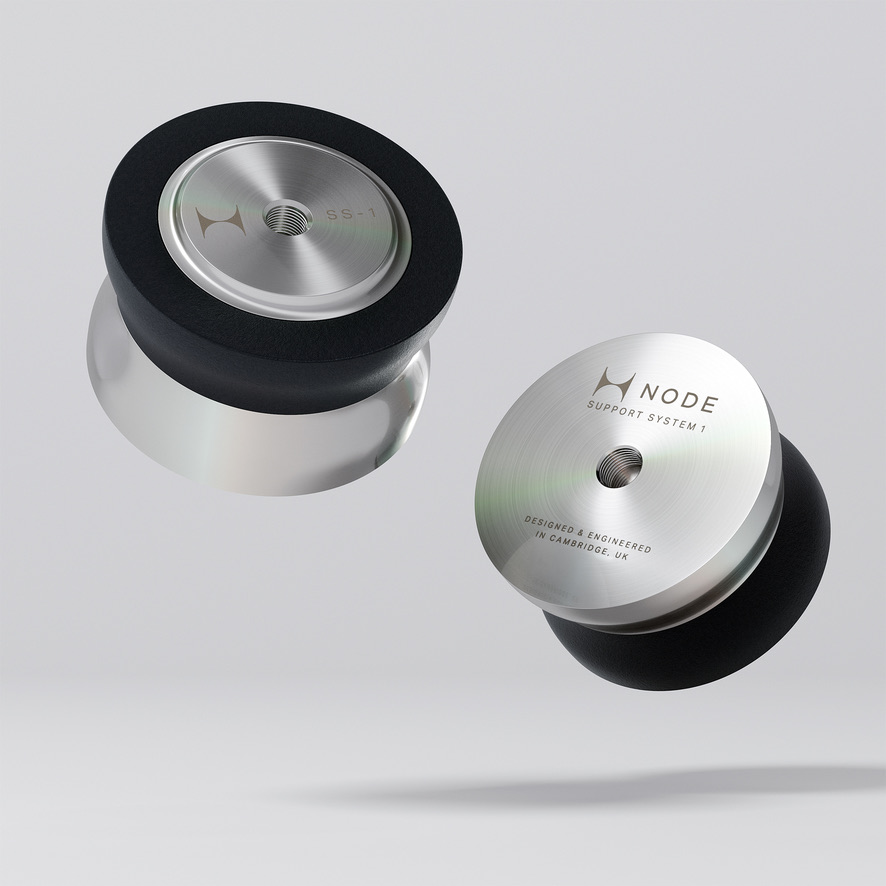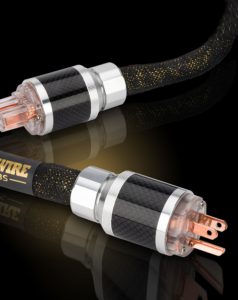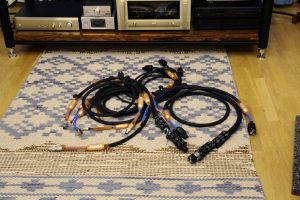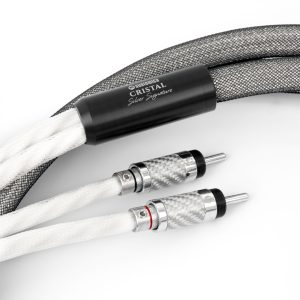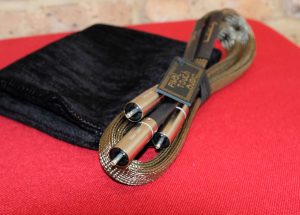I was chatting with an exhibitor at last year's tiny NY Audio Show 2022 and mentioned I found the treble in his room had too much bite. I got no argument: "I like that. That's what I hear at concerts." Hmm…his comment made me pause before I continued with the rest of my list: boomy bass; sizzling transients; dynamics that went from zero to sixty with nothing in between. If that's what he likes and intentional, why bother to pursue the matter?
He has a point, of course. Because pop, rock, and most jazz concerts employ lots of amplification, they do sound like that. I tend to forget that's how the majority of the public consumes music. By implication, that also would be the standard many audiophiles use when judging how close their sound comes to live. On the other hand, I would never hear sound like that if acoustic instruments were used without amplification.
How the Public Consumes Live Music - Amplified vs. Acoustic
Have you ever been to a jazz concert in a small venue and noticed what happens when the tenor sax or trumpet soloist takes a step back from the microphone while still playing? Or maybe attended a classical concert employing amplification (an experience I don't recommend and would not willingly repeat). As soon as you put a mic in front of an instrument its sonic attributes are altered plus some information is lost, because there is no such thing as a perfect microphone…or wire…or amplifier. This is one of the least discussed, highly significant, divides in audio: how the public consumes live music.
Company Background
Purist Audio Design is one of the first generation of audiophile cable manufacturers, started by Jim Aud in 1986 to market his iconoclastic "water cables." PAD has always aligned with acoustic, full-bodied sonics. You could say the unamplified model is their house sound. I remember first hearing the wires at a friend's small apartment. It left me envious. So I had a general sense of what to expect when I requested their Diamond Edition Dominus Power Cord…but in no time flat, I ran into issues.
Cable Mismatch
Three newly arrived PCs were burned-in on the audiodharma Cable Cooker, then swapped onto my digital stack (transport, DAC, and master clock). That house signature was nowhere in sight. The frequency response was lopsided, listing heavily to the bass. A frustrating week of corrective tweaking ensued, but it never gelled, there was a serious incompatibility somewhere. That prompted my second recourse. Many experts advise a full loom of one cable brand. Possibly my reference Stage III Ckahron interconnects and the PAD PCs did not play well together? Fortunately, I had PAD Dominus ICs on hand to check this out.
Dominus XLR IC
Like with Like
Sometimes intuition saves the day and so it was now. The frequency balance adjusted itself: the overactive bass calmed down; the lower mids were coming through nicely; and a sufficiently extended treble came into play. We now had an attractive sound that in many ways resembled the Dominus ICs I reviewed last year. With these events fresh in mind, I scouted around for further compatibility mismatches. I recalled that during the week of corrective tweaking I swapped out one of the Dominus PCs for an AQ Dragon on my digital master clock, hoping it might address the bass overload. Now I reversed the swap so the digital stack was all Dominus cables. And I scored twice in one day!
A Tale of Optimization
The sound coalesced in radical fashion, removing or replacing more of the characteristics noted in the Dominus IC review. Here's how I described the interconnects back then:
Dominus images have soft shoulders that gently taper, while the soundstage has a smooth surface. The image borders eventually blend; this is not the hard edge with intervening empty space that you read about in wire reviews. The soft shoulders and smooth surface also insure against stridency, but there's a cost: there could be a bit more texture. Perhaps this is the only area where the Dominus struck me as less than excellent.
With a full suite of Dominus on my digital front-end, the very full body from top to bottom of the frequency range was retained; the really superb blending and integration that PAD wires are noted for was enhanced. And, somewhat surprisingly, the softness was dealt with. Image borders were more firm and explicit—no more soft shoulders—and the treble was less rounded. On top of that, the textures I was looking for were recovered. The map of the soundstage was precise and unambiguous, but was no longer overly smooth.
I'm listening to the Britten Double Concerto for Violin and Viola, with Vladimir Jurowski conducting the London Philharmonic Orchestra (LPO-0037). This is an early work, perhaps not of great interest in the scope of Britten's oeuvre. The CD happens to be well-recorded and I use it to test timbral discrimination. The violin, of course, plays higher in pitch, but fully half its tessatura overlaps with the viola. Yet it should be possible to discern when the viola is playing due to its characteristic woody timbre and nasal tone. For these reasons, it's easier to tell these two apart than if a cello was involved, despite it having much less pitch overlap with the violin. In my rig, I can't always depend on location cues to positively ID the soloist, I need the timbral discrimination. Can the system with Dominus clue me when the viola is playing?
Noise suppression is a big concern today and cables in general have made steady advances. The PAD Dominus pairing does an excellent job of filtering out noise, enabling them to pass loads of pertinent timbral information and make this discrimination easier. I say "pertinent information" to draw a distinction between musically relevant information and the extra-musical "detail" that accrues in the process of reproduction.
The Dominus Power Cable above with XLR IC below
Transients
One aspect of the Dominus pairing that developed and was not even hinted at with the interconnects alone occurred whenever double bass or heavy percussion were scored forte. The wavefront burst off the stage with a startling leap in dynamic range beyond where it used to go. It wasn't the speed or crispness that caught my attention, but the sheer power of the low frequencies. When called to perform, the bass is vigorous, active, and to some extent outshines the mids and treble. (Plus the bass goes deep. Jim Aud says the Diamond Dominus PCs has measurable output all the way down to 16Hz. Most PCs bottom out at 20Hz.)
These broad-based advances were only apparent when the cables were paired. It forces me to reconsider what I said previously about the ICs, which were auditioned on their own. I suspect the story would be different again if additional PAD wires were put into play along with the ICs and PCs on my digital stack.
Dominus PC inside view
The Diamond Edition Features
The Diamond Edition of the Dominus Power Cord was released in 2020 with these enhancements:
- Full Nano Technology upgrade
- Completely re-optimized conductors
- Contego™ shielding
- Cyromag© treatment
- Furutech's NCF (Nano Crystal2 Formula) connectors
What's Contego™ shielding? PAD cables are famous for using a liquid surrounding the conductors. The liquid shielding technology provides two benefits: 1) reducing susceptibility to EMI/RFI contamination; 2) suppression of vibrations from its damping. Consequently, cable routing and management aren't as crucial as with other brands. The original material called Fluid was water-based. Over the years, Fluid was replaced by Ferox, "a doped silicon-based granular material." Currently, another material called Contego is used in many PAD models, which is a combination of Fluid and Ferox. The Dominus IC uses Ferox; the Diamond Dominus PC uses Contego.
The IC conductors are a custom alloy of gold, silver and copper, arranged in a braided litz. The PC uses pure copper with an effective gauge of 9 AWG.
Cosmetics & Build Quality
The cosmetics of the IC and PC are similar: an uninterrupted length of black-on-black outer covering with the product/model labeling. The build is of equally good quality in both. The IC sports interesting proprietary terminations, while the PC uses top-line Furutech NCF connectors.
The weight of the shipping box containing the PCs was surprising. The cords are big and fairly heavy: their 1-1/4" diameter is twice that of the 5/8" IC (which is approximately the size of the PC's pigtails). The body of the PC is not so easy to work with; the pigtails are flexible and take bends.
A note on the PCs' generous length. The stated measurements do not include the pigtails. When you order a 2m Dominus PC, you get 2m in the body of the cable plus approximately 25.4 cm (10") on each end for the pigtails. The ICs are slightly more than the stated length.
Conclusion
Last year I evaluated the Purist Audio Design Dominus Interconnects and found a basket of attractive audiophile qualities, including purity, slam, dense tonality, and dimensional soundstaging. That was nicely offset by virtues on the musical side of the metric, including warmth, acoustic timbres, and great flow. This conformed to the sonic profile of the PAD house sound I remembered way back in my first encounter with the brand decades ago, and set elevated expectations for the Diamond Dominus Power Cord.
But things did not proceed in a straight line in this review and I learned an important lesson about the role of synergy. To an unprecedented degree in my experience, the Diamond Dominus Power Cord REALLY likes to be paired with Dominus interconnects. Together, they considerably upped the ante.
With a full suite of Dominus ICs and PCs on my digital stack, the synergy changed the sound profile dramatically. That basket of attractive qualities I ascribed to the IC were honed to a finer level. Some of the smoothness and comfortable ear feel dropped out as a more rigorous and incisive quality appeared. Don't worry, it's still the PAD profile, never tipping over to anything analytical.
If you dig the sound of PAD and own, or are considering, their Dominus wires, I urge you to make it a point to audition the full suite of ICs and PCs on one of your sources. Otherwise, I fear you'll be doing them, and yourself, a disservice.
Diamond Edition Dominus Power Cord
Retail: $4907/2m
Dominus XLR Interconnect
Retail: $5984/m
Purist Audio Design





